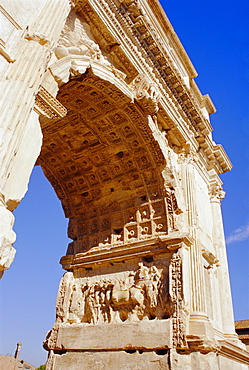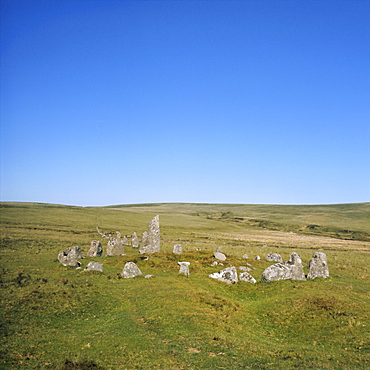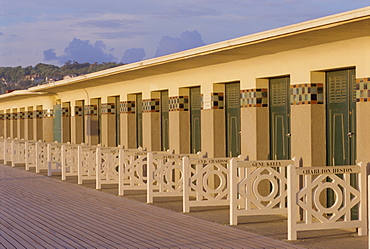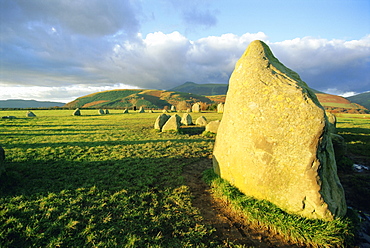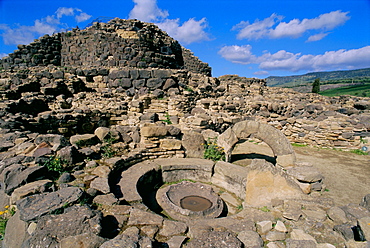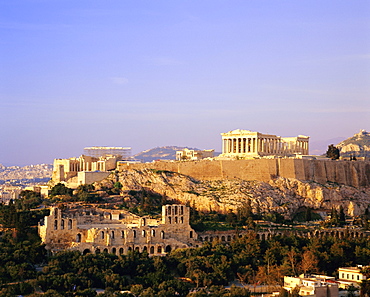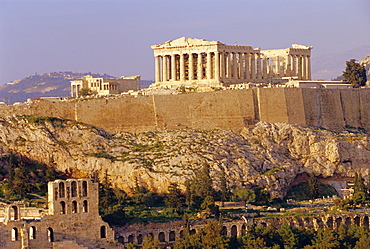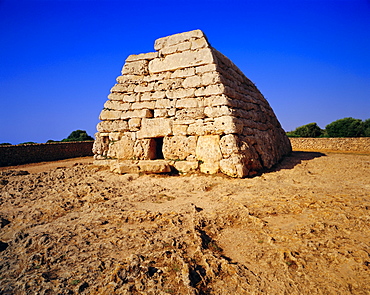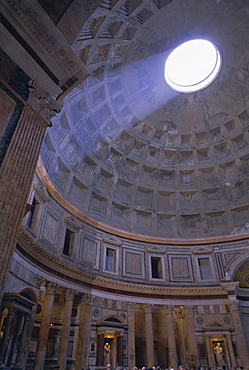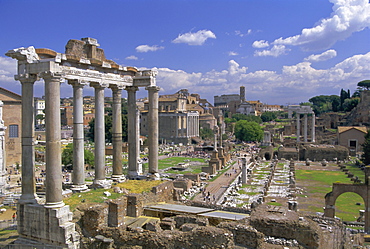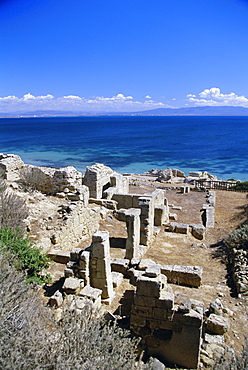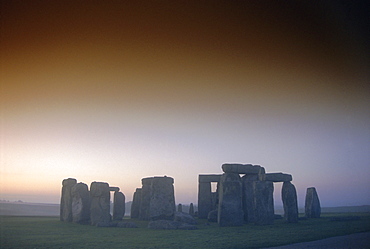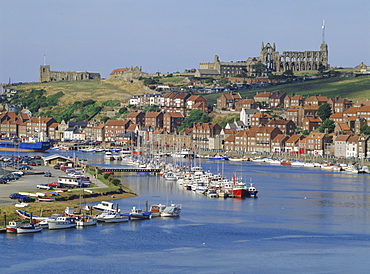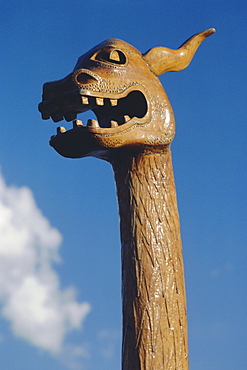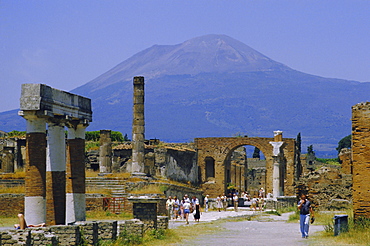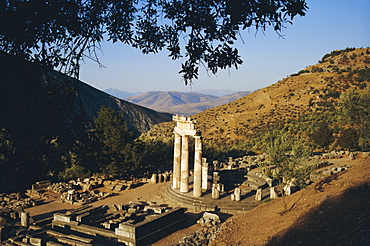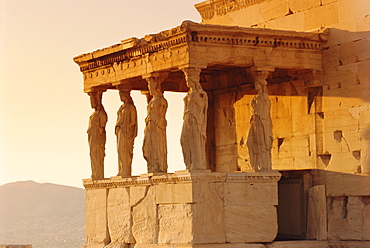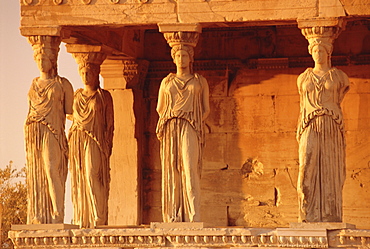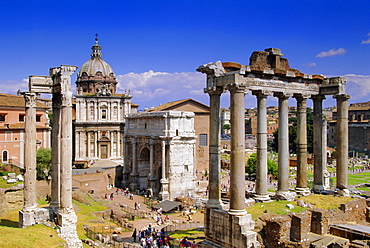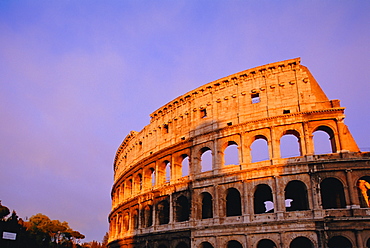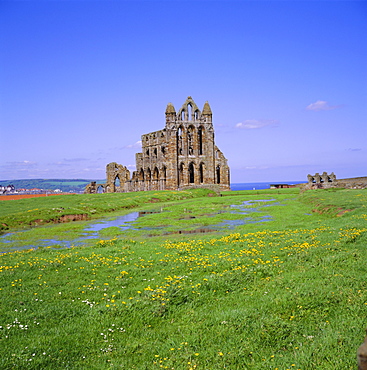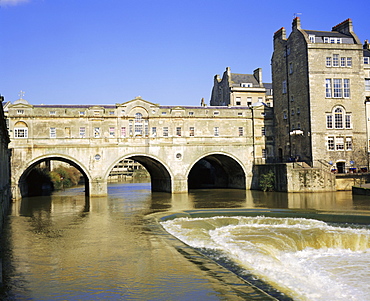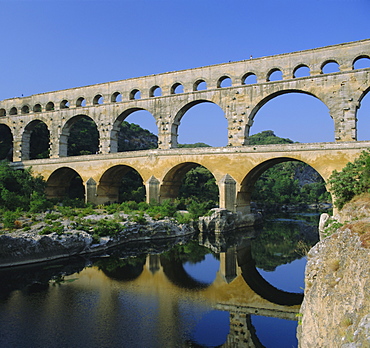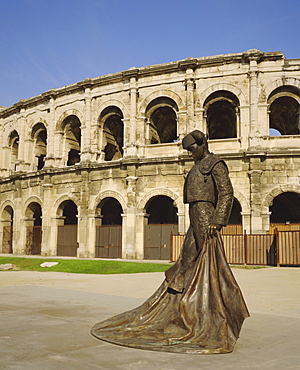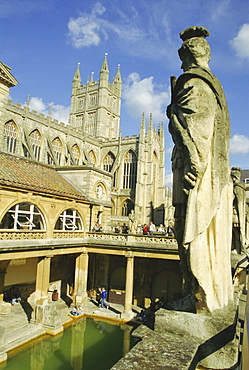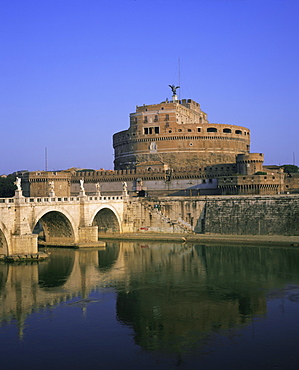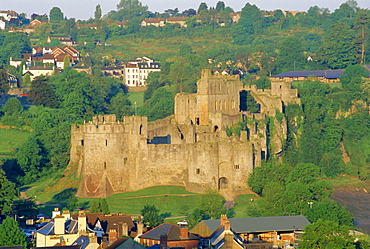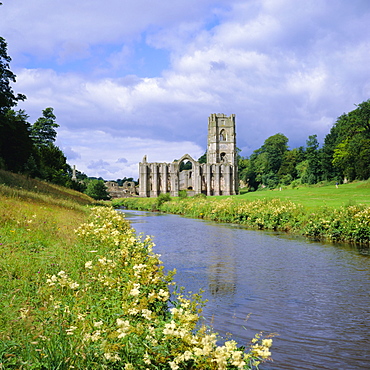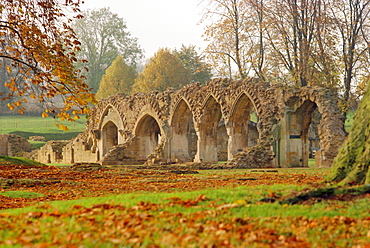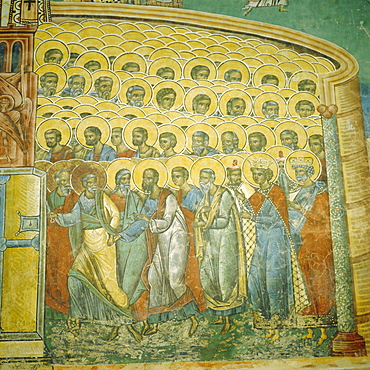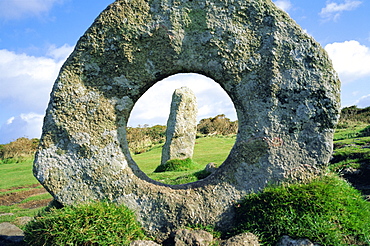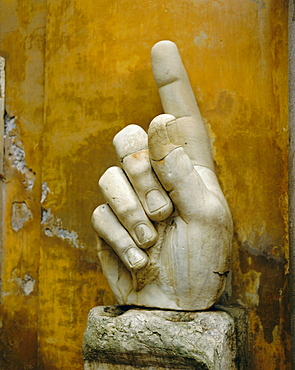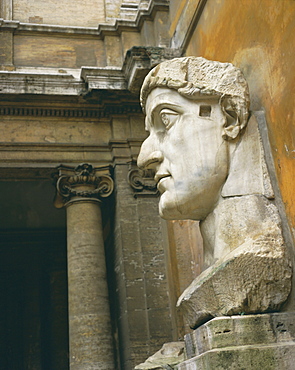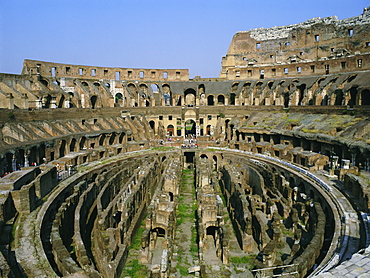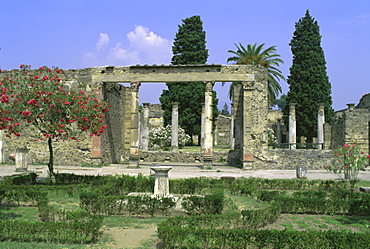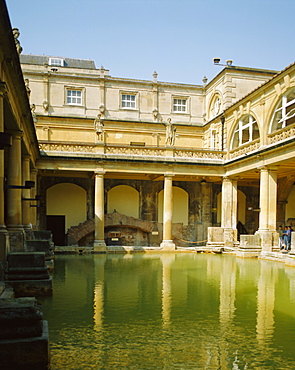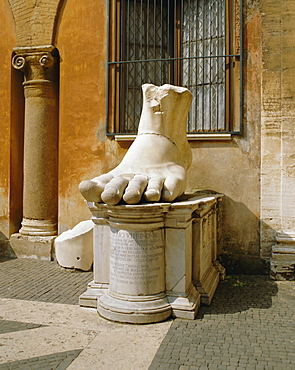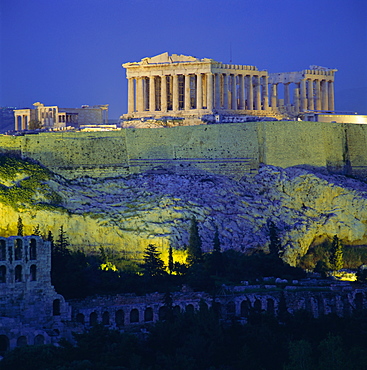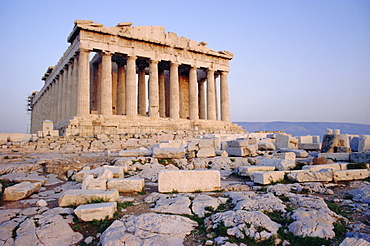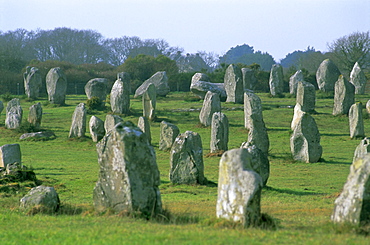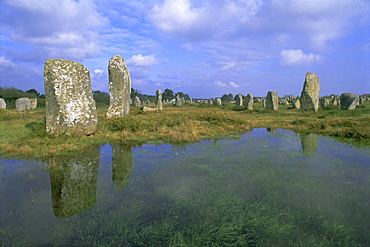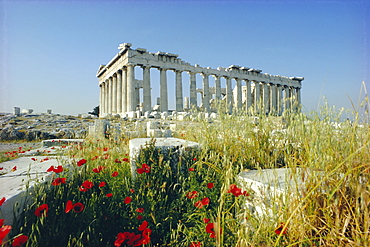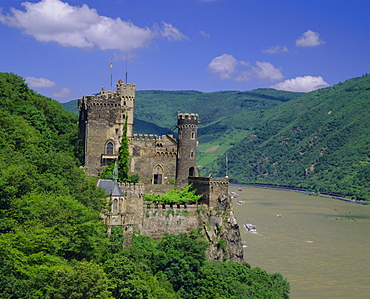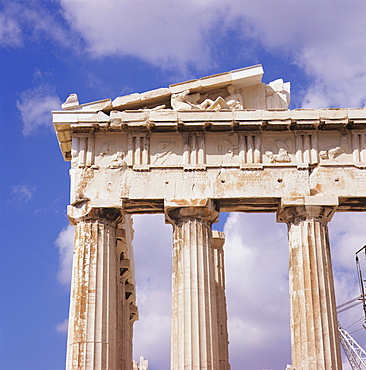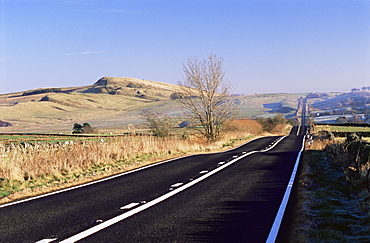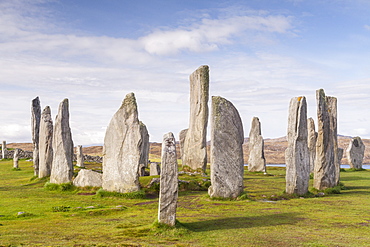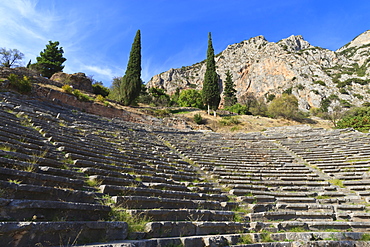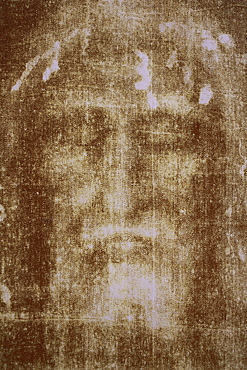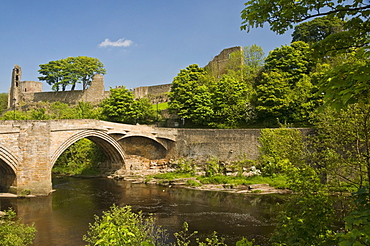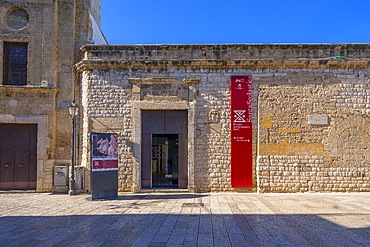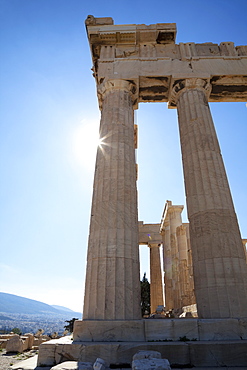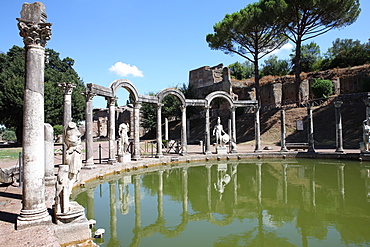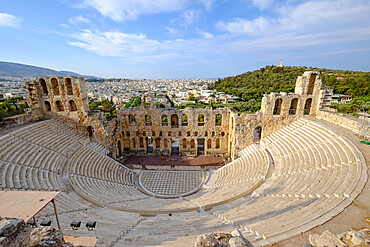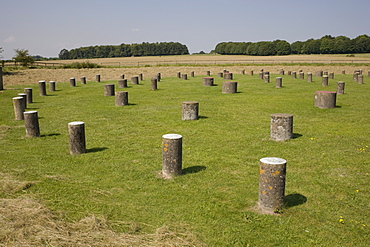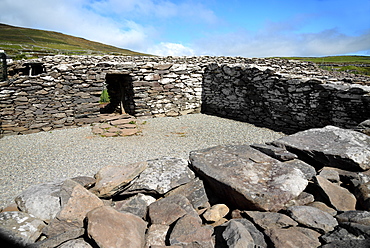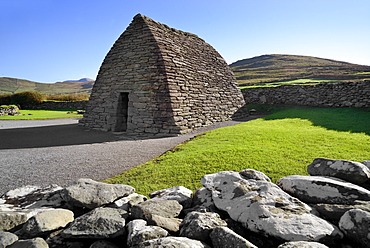Results
1 2 3 … 12 Next »
1145 results found
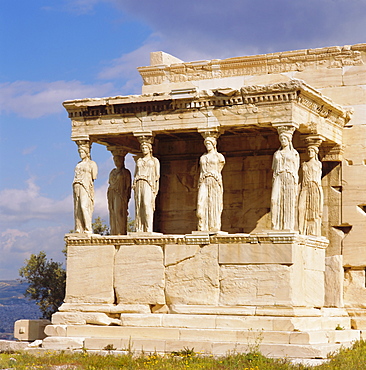
Porch of the Caryatids with figures of the Six Maidens, Erechtheion, Acropolis, Athens, Greece, Europe
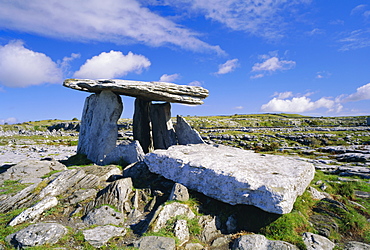
Poulnabrone Dolmen, ancient tomb, The Burren, County Clare, Munster, Republic of Ireland (Eire), Europe
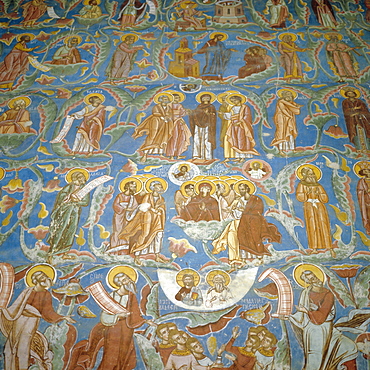
Fresco of Jesse's Tree, Old and New Testament figures, Moldovita Monastery Church, 1537, Moldavia, Romania
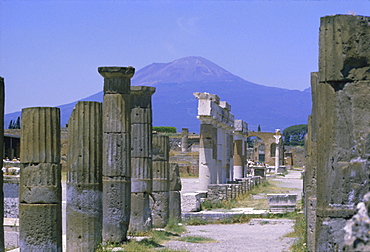
Mount Vesuvius seen from the ruins of Pompeii, buried in the ash flow of the eruption of AD 79, Columbus basalt lava marble and brick, Pompeii, UNESCO World Heritage site, Campania, Italy, Europe
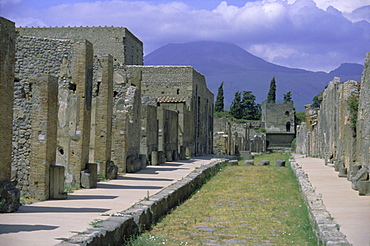
Restored buildings in Roman town buried in AD 79 by ash flows from Mount Vesuvius, in the background, Pompeii, UNESCO World Heritage site, Campania, Italy, Europe
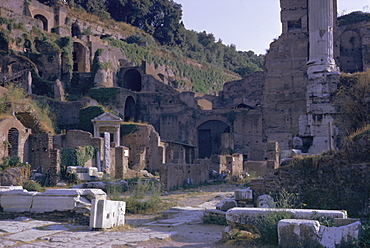
Ruins of Pompeii, destroyed in volcanic eruption of AD 79, Pompeii, UNESCO World Heritage site, Campania, Italy, Europe
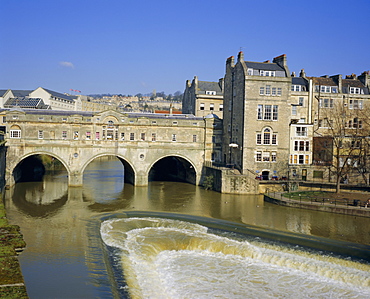
Pulteney Bridge over the River Avon and weir, Bath, UNESCO World Heritage Site, Avon, England, UK, Europe
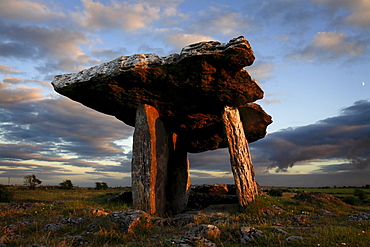
Poulnabrone dolmen megalithic tomb, Burren, County Clare, Munster, Republic of Ireland (Eire), EuropeThe Burren (from Irish: Boireann, meaning - great rock) is a unique karst landscape in northwest County Clare, Ireland. The limestone area measures 300 square kilometres and is roughly enclosed within the circle comprised by the villages Ballyvaughan, Kinvarra, Gort, Corrofin, Kilfenora, Lisdoonvarna and the Black Head lighthouse. The definitive article (ie "The" Burren) has only been added to the name by academics in the last few decades as it has always been traditionally called Boireann or Boirinn in Irish and Burren in English.
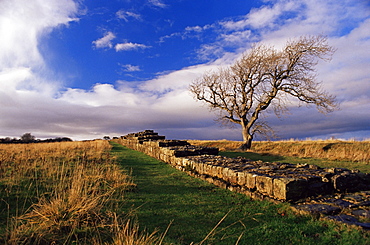
Black Carts, Roman Wall, Hadrian's Wall, UNESCO World Heritage Site, Northumberland (Northumbria), England, United Kingdom, Europe
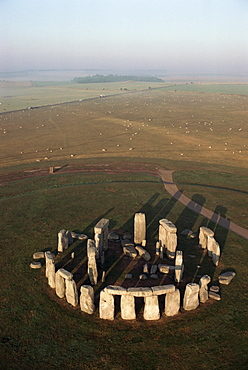
Aerial view of Stonehenge, UNESCO World Heritage Site, Salisbury Plain, Wiltshire, England, United Kingdom, Europe
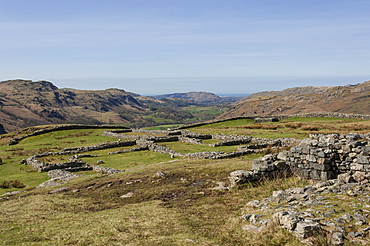
Hardknott Roman Fort interior looking west along the Eskdale Valley to the Solway Firth, South Lakes, Lake District National Park, Cumbria, England, United Kingdom, Europe

The Ruins, originally from Leptis Magna, a Roman town near Tripoli, Virgina Water, Surrey, England, UK, Europe
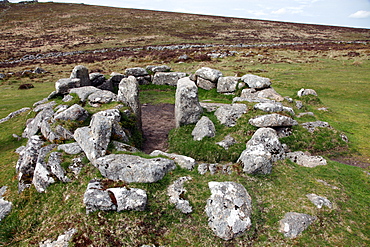
Ruins of early Bronze Age house, about 3500 years old, Grimspound, Dartmoor National Park, Devon, England, United Kingdom, Europe
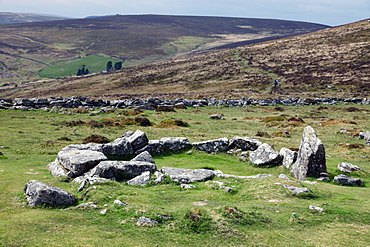
Ruins of early Bronze Age house, about 3500 years old, Grimspound, Dartmoor National Park, Devon, England, United Kingdom, Europe
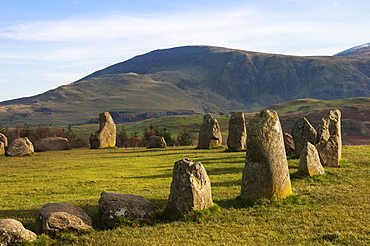
Castlerigg Stone Circle, a 40 stone circle from 3200 BC, Keswick, Lake District National Park, Cumbria, England, United Kingdom, Europe
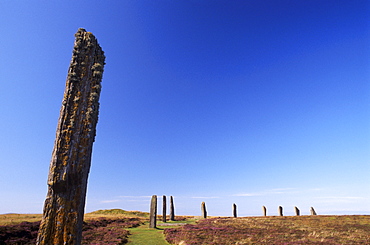
Ring of Brodgar, stone circle dating from between 2500 and 2000 BC, 27 out of 60 stones still standing, UNESCO World Heritage Site, Mainland, Orkney islands, Scotland, United Kingdom, Europe
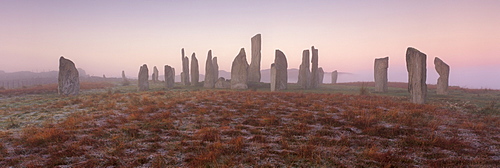
Callanish (Callanais) Stone Circle dating from Neolithic period between 3000 and 1500 BC, at dawn, Isle of Lewis, Outer Hebrides, Scotland, United Kingdom, Europe
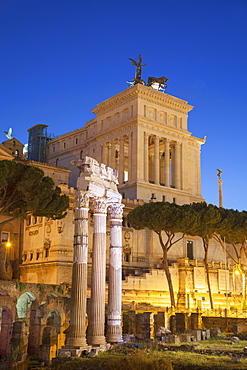
National Monument to Victor Emmanuel II and Roman Forum, UNESCO World Heritage Site, at dusk, Rome, Lazio, Italy, Europe

Castlerigg Stone Circle in autumn with Raven Cragg to the right and the snow topped Helvellyn mountain range in the distance, Lake District National Park, Cumbria, England, United Kingdom, Europe
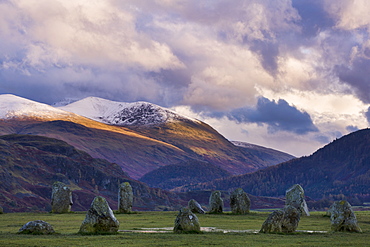
Castlerigg Stone Circle in autumn with the snow topped Helvellyn mountain range in the distance, Lake District National Park, Cumbria, England, United Kingdom, Europe
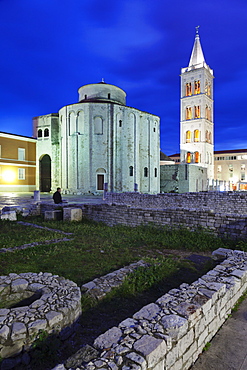
Illuminated Roman forum (Forum Romanum), St. Donat's church and the bell tower of St. Anastasia cathedral at dusk, Zadar, Dalmatia, Croatia, Europe
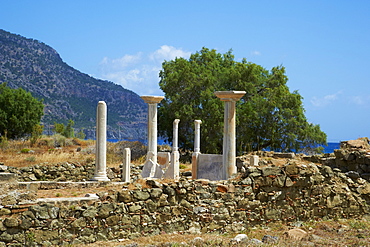
Acropole in Arkasa archaeological site, Pigadia, Karpathos, Dodecanese, Greek Islands, Greece, Europe
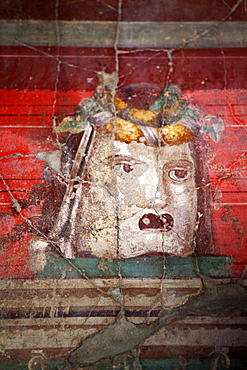
Fresco of the Poppea Villa (Villa Poppaea), Oplontis, UNESCO World Heritage Site, Campania, Italy, Europe
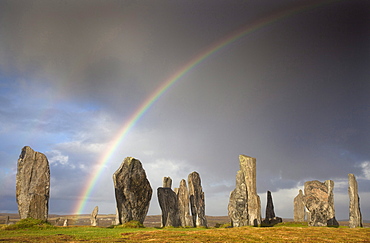
Standing Stones of Callanish bathed in sunlight with a rainbow arching across the sky in the background, near Carloway, Isle of Lewis, Outer Hebrides, Scotland, United Kingdom, Europe
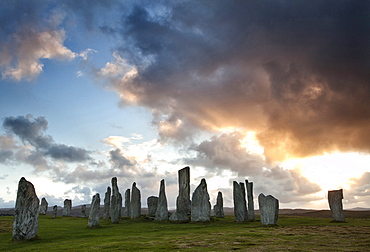
Standing Stones of Callanish at sunset with dramatic sky in the background, near Carloway, Isle of Lewis, Outer Hebrides, Scotland, United Kingdom, Europe
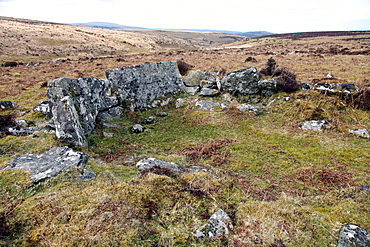
Ruined prehistoric farmhouse, near Headland Warren, Dartmoor National Park, Devon, England, United Kingdom, Europe

Bosta Iron Age House, Great Bernera Iron Age Village, Isle of Lewis, Western Isles, Scotland, United Kingdom, Europe

Bosta Iron Age House, Great Bernera Iron Age Village, Isle of Lewis, Western Isles, Scotland, United Kingdom, Europe
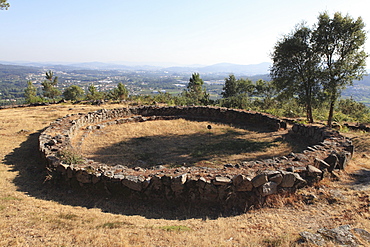
Remains of a round house in the Celtic hill settlement dating to the Iron Age at Citania de Briteiros, Minho, Portugal, Europe

Excavated 5000 year old village site of Skara Brae, UNESCO World Heritage Site, on Mainland Island, Orkney Archipelago, Scotland, United Kingdom, Europe
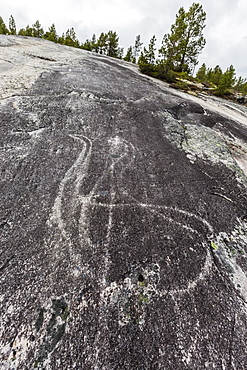
Leiknes Rock Paintings depicting two swans, drawn by the ancestors of the Saami perhaps 9000 years ago, Leiknes, Troms, Norway, Scandinavia, Europe
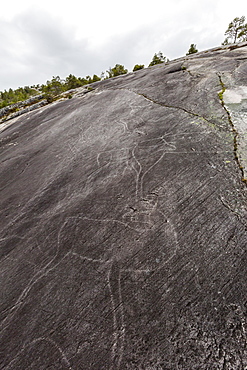
Leiknes Rock Paintings depicting deer, drawn by the ancestors of the Saami perhaps 9000 years ago, Leiknes, Troms, Norway, Scandinavia, Europe
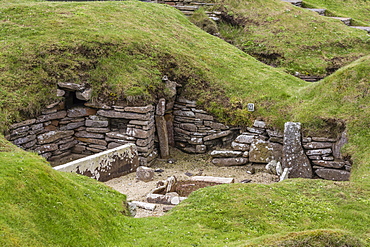
Excavated 5000 year old village site of Skara Brae, UNESCO World Heritage Site, on Mainland Island, Orkney Archipelago, Scotland, United Kingdom, Europe
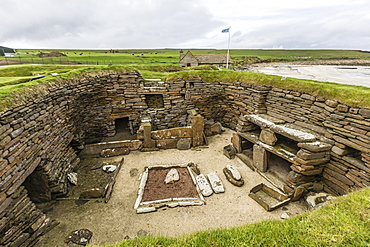
Excavated 5000 year old village site of Skara Brae, UNESCO World Heritage Site, on Mainland Island, Orkney Archipelago, Scotland, United Kingdom, Europe
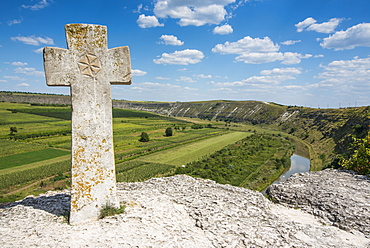
Old Christian cross above the historical temple complex of old Orhei (Orheiul Vechi), Moldova, Europe
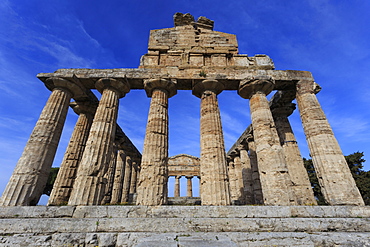
Temple of Athena (Temple of Ceres), Paestum, Greek ruins, UNESCO World Heritage Site, Campania, Italy, Europe
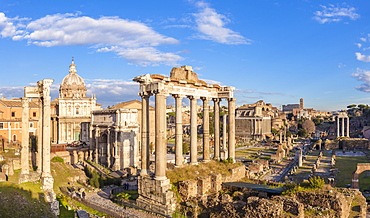
The columns of the Temple of Saturn and overview of the ruined Roman Forum, UNESCO World Heritage Site, Rome, Lazio, Italy, Europe
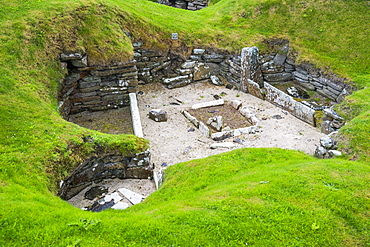
The stone built Neolithic settlement of Skara Brae, UNESCO World Heritage Site, Orkney Islands, Scotland, United Kingdom, Europe
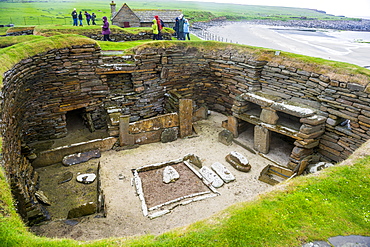
The stone built Neolithic settlement of Skara Brae, UNESCO World Heritage Site, Orkney Islands, Scotland, United Kingdom, Europe
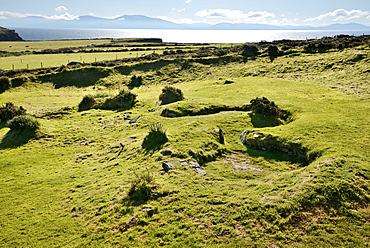
Iron Age Beehive Houses, Slea Head Drive, Dingle Peninsula, Wild Atlantic Way, County Kerry, Munster, Republic of Ireland, Europe
